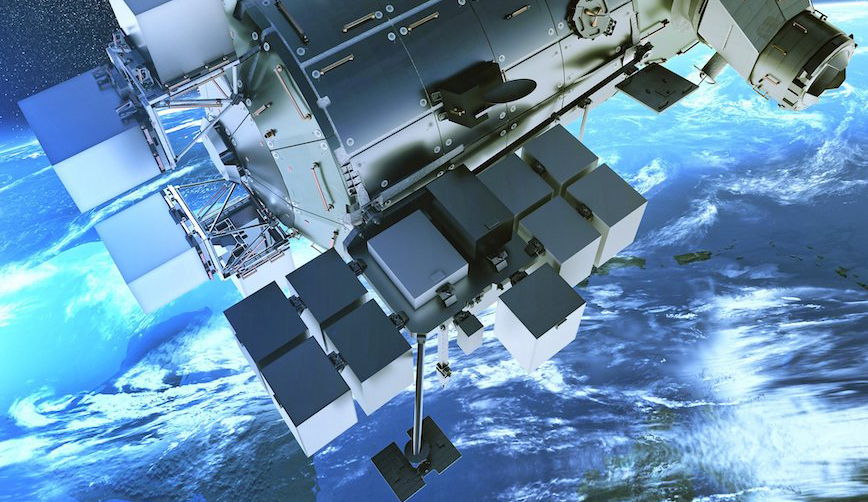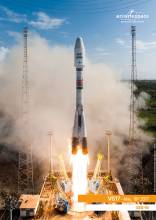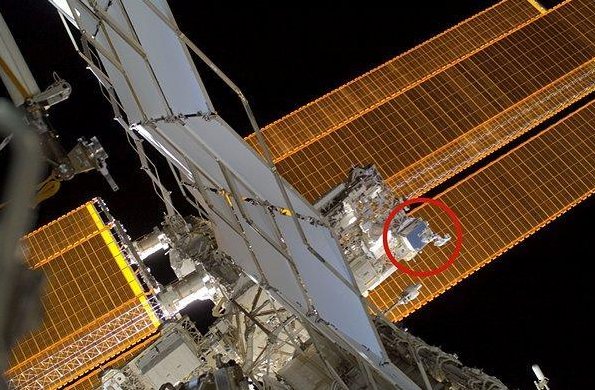Compact, highly stable laser-optical clocks can improve future generations of satellite navigation systems and form the basis for new GNSS architectures. Combined with the optical links and control of further parameters, such as accuracy in orbit determination and atmosphere modelling, a higher accuracy in position determination on Earth can be achieved while reducing the complexity and size of the GNSS ground segments.
In that regard, the Galileo Competence Center of the German Aerospace Center (DLR-GK) and Airbus have signed a €16.8 million contract for the hosting of DLR’s COMPASSO mission on the International Space Station (ISS) Bartolomeo platform.
COMPASSO will be the first in-orbit verification of compact and highly stable laser-optical clocks. Via a bi-directional optical link, these clocks are compared to and synchronized with highly stable clocks on Earth. In addition, the optical link between the ISS and the ground station is used for assessing the influence of atmospheric turbulence on the frequency and time transfer.
“In addition to satellite positioning applications, the frequency reference developed in COMPASSO is a stable and coherent light source for inter-satellite laser interferometry,” said Hansjoerg Dittus, Member of the Executive Board at DLR. “This is of interest for Earth observation missions such as the Gravity Recovery and Climate Experiment follow-on, GRACE-FO, or scientific missions such as the Laser Interferometer Space Antenna LISA”.
The 200-kg COMPASSO mission is expected to launch in late 2024 and will occupy a double slot on the Bartolomeo platform. At the end of the 18-month mission, the payload components will be returned to Earth.
The DLR Galileo Competence Center (DLR-GK) is responsible for the COMPASSO project management and acts as both the contracting authority and the technical authority. It coordinates the DLR institutes and external suppliers developing COMPASSO subsystems, including on-board and ground software. DLR-GK is located at the DLR site in Oberpfaffenhofen.
For the COMPASSO mission, Airbus provides a specific combination of services tailored to customer needs to realize complex payloads for the ISS. Airbus’ Bartolomeo platform was launched and robotically attached to the ISS Columbus Module in 2020. Following the final connection of the cabling, which requires Extravehicular Activity (EVA), the platform will be ready for its in-space commissioning coming soon.
Bartolomeo is an Airbus investment into the ISS infrastructure, enabling hosting of up to twelve external payloads in the space environment, providing opportunities for in-orbit demonstration and verification missions. It is operated in a partnership between Airbus, ESA, NASA and the ISS National Laboratory.
Bartolomeo is suitable for many types of missions, including Earth observation, environmental and climate research, robotics, material sciences and astrophysics. It provides payload-hosting capabilities for customers and researchers to test space technologies, verify new space business approaches, conduct scientific experiments in microgravity or research in-space manufacturing techniques.
As an evolution of the platform, Airbus will provide optical data downlink capacity of one to two terabytes per day.
[Bartolomeo image courtesy Airbus.]






